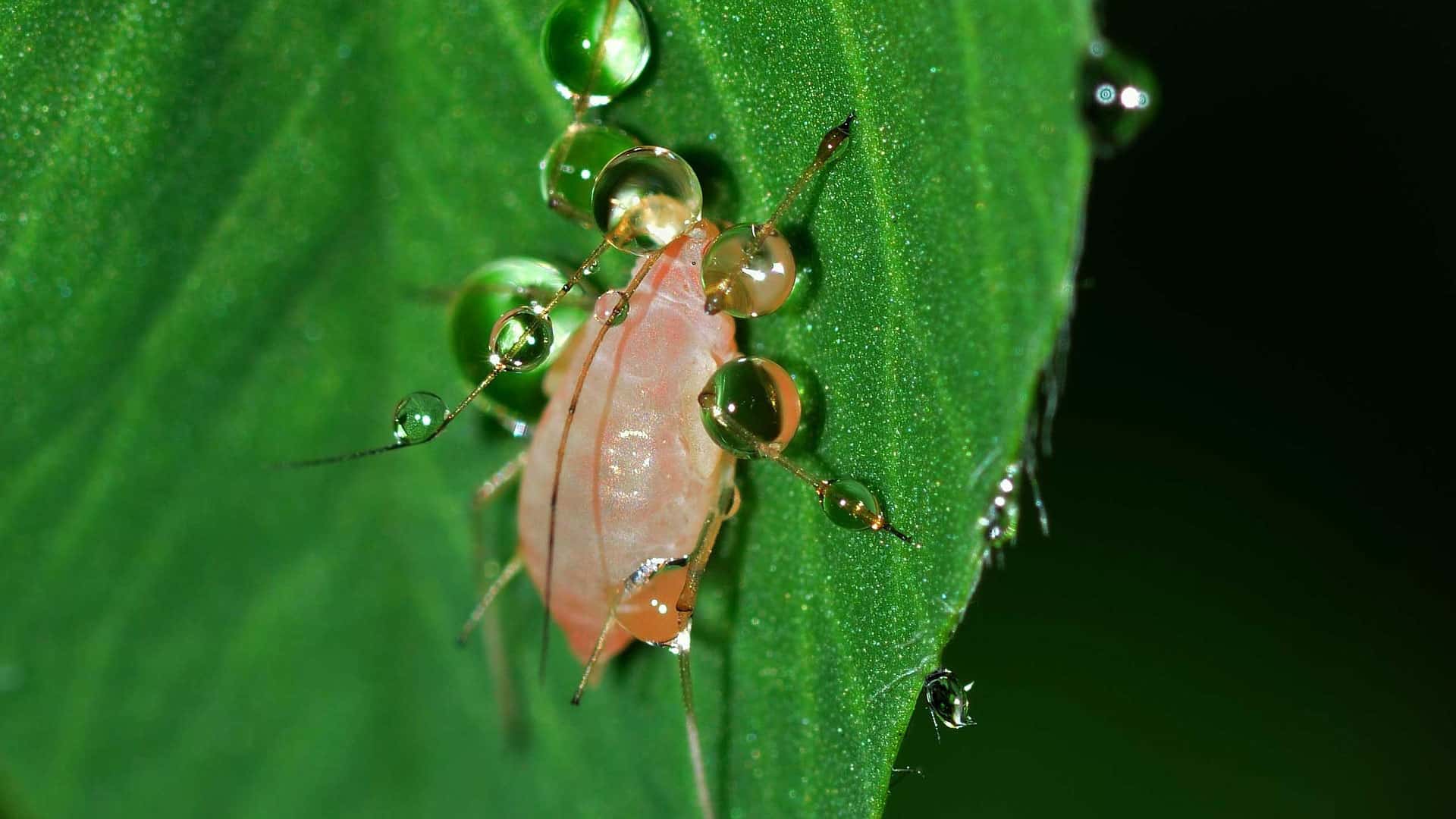We are talking about the louse that killed the vines. And thus also brought the winegrowing industry, which was so immensely important for the European economy in the 19th century, to its knees. While France proudly announced the largest wine harvest of all time in 1875, less than four years later the entire wine-growing industry in the land of Burgundy and Bordeaux wines was in ruins after the voracious little creature razed no less than 2.5 million hectares of vineyards to the ground. And it took no less than 30 years before anyone in Europe could say that phylloxera, also known as Daktulosphaira vitifoliae, had been defeated. Strictly speaking, European viticulture was a victim of technological progress. With the development of the steam engine, which was eventually used to power large ships, more and more plants were introduced to Europe from overseas, including the American vine “Vinis aestivalis”. And with it, as a stowaway, the aforementioned phylloxera, which was to spread rapidly throughout Europe.
First detected in the south of France in 1863, a commission was set up by the French government in 1870 to get to grips with the pest. Initially led by the chemist Jean-Baptiste Dumas, who was followed by none other than Louis Pasteur himself, the committee talked shop, discussed and argued extensively while phylloxera continued its devastating campaign unabated.
Some of the opinions expressed and suggestions made were outrageous. They ranged from the assertion that phylloxera was not the cause but only the effect, to burying dead toads under the roots of the vines or watering the vines with white wine, to completely flooding the vineyards or beating the soil so that the insect could be driven back into the sea.
The fact that European and American phylloxera were identical helped to find the solution to the problem. In America, it had been discovered that there were some grape varieties that were resistant to the phylloxera’s saliva. And by grafting their own vines onto the rootstock of the American vine Vinis aestivalis, the situation finally took a turn for the better. Patience was still required, however, as the American vine first had to adapt to the European climate, especially as grafting could not be carried out overnight throughout Europe. As a result, it took more than three decades to get the phylloxera crisis under control. An unimaginable 65% of the entire European wine-growing area, in France even 75%, had been destroyed by then. Today, experts believe that the economic damage was as great as the damage caused by the First World War.
Phylloxera is still not extinct. Thanks to its complex metabolism and the fact that it can – quite literally – reproduce at lightning speed and mutate several times in the process, it still poses a real threat to viticulture. Not least because it can easily cover dozens of kilometers thanks to its ability to fly.

